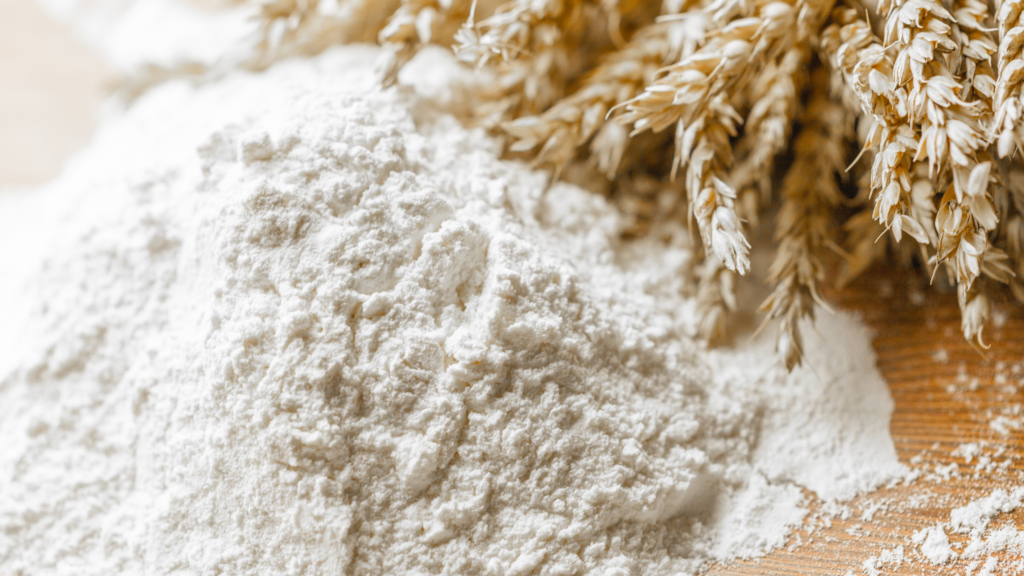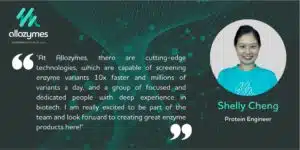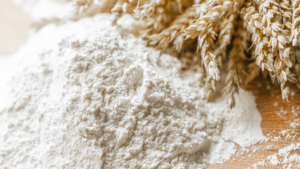An article written by Ours, Scientifica
Article
Superpowers, a damsel in distress, and a villian to strike down. Every hero’s fable begins with these crucial ingredients. At Allozymes, we see the makings of a such a character in our laboratory. Hero Enzyme, the protagonist of this tale, is gearing up to fight against food waste in our society!
Our evil perpetrator, food waste, comes from the conscious discarding of food anywhere between the farm to retailers to the consumer. Though the moral blame has been traditionally pushed onto conscious wastage by consumers, a significant proportion of food waste is actually derived from agricultural waste such as banana pseudostems, rice husks, wheat straw, and grapevines (Alzate Acevedo et al., 2021, Malik et al., 2020). These undesirables are often left unmanaged after harvest or food processing, and typically removed through landfill burial or combustion. Altogether, food wastage has a carbon footprint exceeding three billion metric tonnes of CO2, comprising 6% of the global greenhouse gas emissions (Ritchie, 2020).
With environmental awareness taking root in our nation, we are searching for better ways to deal with this scoundrel. A popular alternative method to dealing with biowaste is to transform it into a higher-value product, through a process called upcycling. These products can range from biofuels for energy generation, to textile fibres, or even fertilisers! To accomplish this, one common approach is to use what Mother Nature has provided us – microbe fermentation. These microbes (Saccharomyces cervisiae) catalyses the organic breakdown of waste, eliminating the need for traditionally harsh and complicated chemical treatment processes. Alas, it is impossible to fully control the biochemical processes occurring, leading to the synthesis of potentially harmful or unnecessary byproducts. To solve this, the specific enzymes that catalyse these pathways important for upcycling can be identified, isolated, and purified. This is where our champion steps forward into the limelight.
One of the main culprits contributing to food waste is lignocellulose. Found abundantly in plant cells, it comprises a collective of lignin, cellulose, and hemicellulose. Unfortunately, it is generally tossed out as waste as it cannot be eaten. To break it down, complex processes involving heat, acid, or ammonia are needed to remove its tough outer shell of lignin and expose the softer cellulose inside (Tian et al., 2018). Other enzymes can then gain access to the cellulose to break it down into sugars, which can then be fermented into other subsidiary products. These sugars are a hidden gem – they can be upcycled into biofuels or used directly as food additives.
Hero Enzyme’s main superpower is in breaking down this tough opponent. It has demonstrated massive potential in catalysing the metabolization and upcycling of lignocellulose waste. Here at Allozymes, we give our little hero a power-up. Through Allozymes’ enzyme engineering capabilities, the deployment of Hero Enzyme has been enhanced to become more industrially relevant and functionally efficient. Utilising a microfluidics platform to accelerate the engineering process, it has allowed for an enzyme screening that is a thousandfold faster whilst being tenfold more cost-effective and sustainable.
Apart from Hero Enzyme’s superpower to efficiently break down lignocellulose, it also exhibits the astounding ability to produce a fibre-derived sugar product. This sugar product can be used in animal feed to reduce CO2 emissions from livestock, and also in bioplastics to increase the sustainable and environmentally friendly production of such materials. This alone suggests that it’s a fairly useful product already. But even better than these applications, the sweet fibre has an 80% lower glycaemic index (relative measure of the spike in blood glucose level upon consumption) with 50% lower calories compared to generic table sugar. This means that it can be used as a sugar alternative in many parts of our diet, without all the associated health risks.
Due to its caloric content, excessive sugar intake is a major cause of the global obesity epidemic and associated metabolic disorders, particularly type II diabetes and cardiovascular diseases. To reduce sugar intake, many sugar alternatives have been developed and can be categorised as natural and artificial sweeteners. However, this is still an ongoing area of research, as these alternatives aren’t perfect yet. Currently, the production of natural sweeteners like honey is unable to meet high market demands, while artificial sweeteners have a distinct texture and flavour that doesn’t mimic actual sugar, resulting in a loss of consumer satisfaction.
Hero Enzyme, however, has the capacity to produce a sugar alternative that has an identical look and texture to table sugar, with a dramatic reduction in actual calories. In the sugar alternative market, worth upwards 18 billion dollars, this discovery blows the other alternatives out of the water. Its potential in the production of a fibre-derived sugar product alone has led to Singapore’s Temasek Foundation awarding a 1 million dollar grant for its further development. Our hero has joined in as part of the country’s “30 by 30” goal of achieving 30% food independency by 2030.
With the perfect combination of technology, resources, and product, Allozymes and Hero Enzyme are working hand-in-hand to defeat the villainous plague of food wastage in our society. Keep an eye out on this dynamic duo for thrilling tales of what’s to come next!




